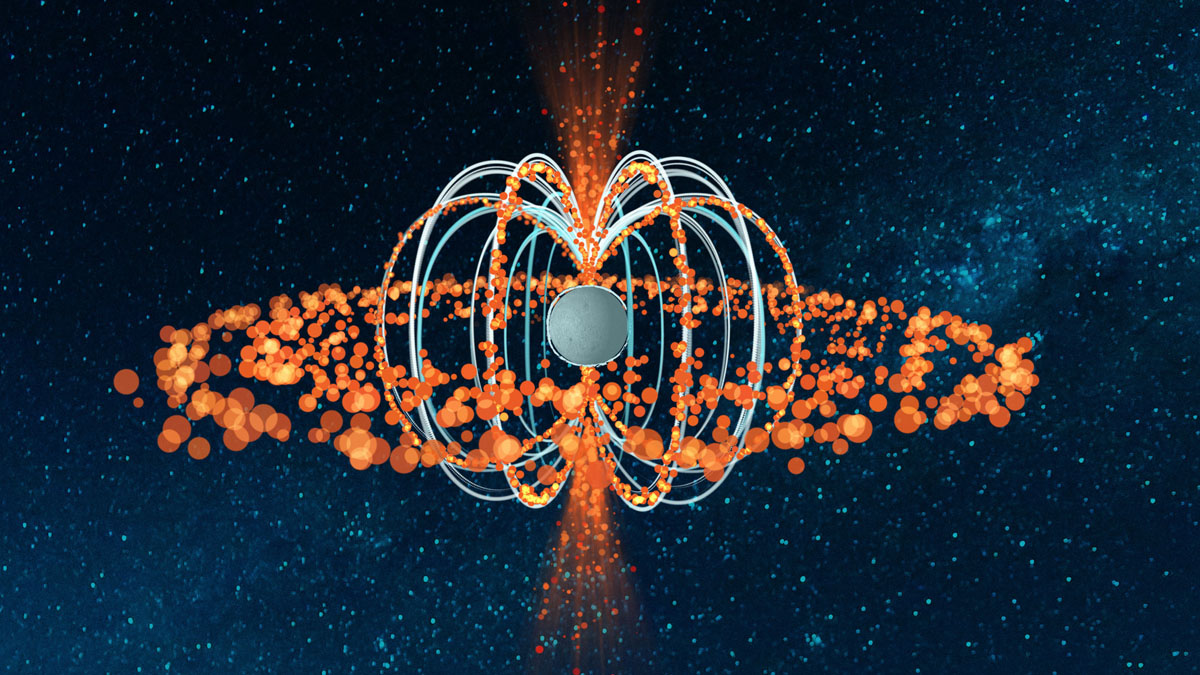ten billion times stronger than steel: scraping under the surface of a neutron star

While black holes often capture our imagination, neutron stars are just as interesting. Beyond the event horizon of a black hole, the laws of physics as we know them are broken. Beyond the millimeter thin atmospheres of neutron stars, they’re put to their absolute limits. We have evidence showing that at their core is a searing hot superconducting fluid. And now we think we have an idea of what lies right under the surface: shifting sheets and honeycombs of protons and neutrons created by the immense pressures and gravity.
It’s called nuclear pasta thanks to the shapes it makes, and it’s roughly 10 billion times stronger than steel. But you wouldn’t be able to mine it or use it for anything on Earth, even though it’s bound to have all sorts of exotic and potentially useful properties. It wouldn’t even exist in any other environment because it requires pressures a hundred trillion times denser than anything we know, and trying to break off a peace of it would release enough energy to shatter a planet and be felt across the galaxy. You probably couldn’t build anything substantial out of either since whatever is meant to support it would collapse under the resulting structure’s immense weight.
So far, nuclear pasta is a theoretical concept, but it can be confirmed if, as expected, it produces gravitational waves as it flexes. Unstable sections of it may measure just a few cubic millimeters but they could trigger quakes we could detect tens of thousands of light years away, lending further credence to these structures’ existence. We might never know for sure until we mount a mission to a neutron star to study its secrets, but so far, this is our best understanding of what might go on in these bizarre and fascinating objects. And the more we understand about how matter works, especially in extreme scenarios, the more questions we can answer about the universe and apply our knowledge of these fundamentals to real world projects.
See: Caplan, M. E., et al., The Elasticity of Nuclear Pasta, Physical Review Letters, DOI: 10.1103/PhysRevLett.121.132701





